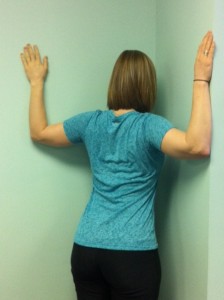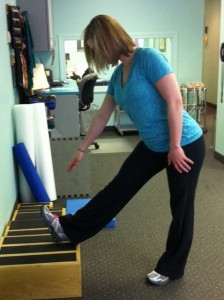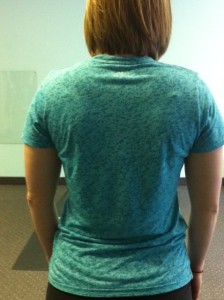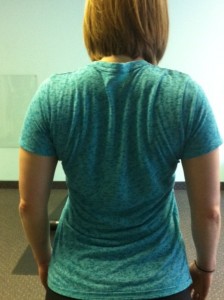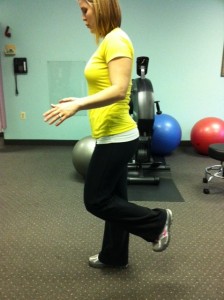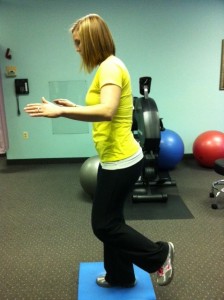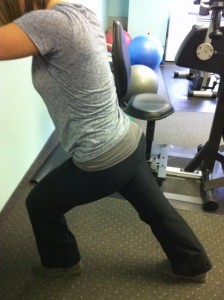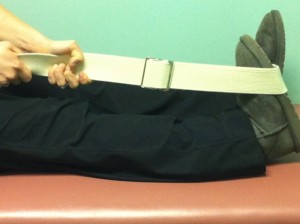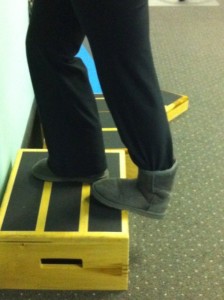A Morton’s neuroma is a thickening of the tissue around one of the nerves leading to your toes. Most commonly it occurs between your 3rd and 4th toes. It is also most common in middle aged women and early intervention is important.
Symptoms of a Morton’s neuroma include, tingling, numbness, burning, or pain at the ball of the foot. A common report is symptoms mimicking something stuck to the bottom of your foot.
One of the most common causes is improper footwear. Wearing shoes without much support like flip flops, high heels, and flats can cause a compression and irritation of the nerve. Other causes are previous foot problems and repetitive damage from sports.
Early treatment should include ice and changing footwear. If symptoms persist, consult with your local physical therapist. Physical Therapy would include massage to the foot, stretching, and exercises. This works to help to decrease inflammation and increase blood flow to promote healing. A physical therapist can also educate you on proper foot wear and orthotics. Injections may be needed to help decrease the inflammation. If conservative measures are not successful, surgery is performed to release pressure on the nerve.

